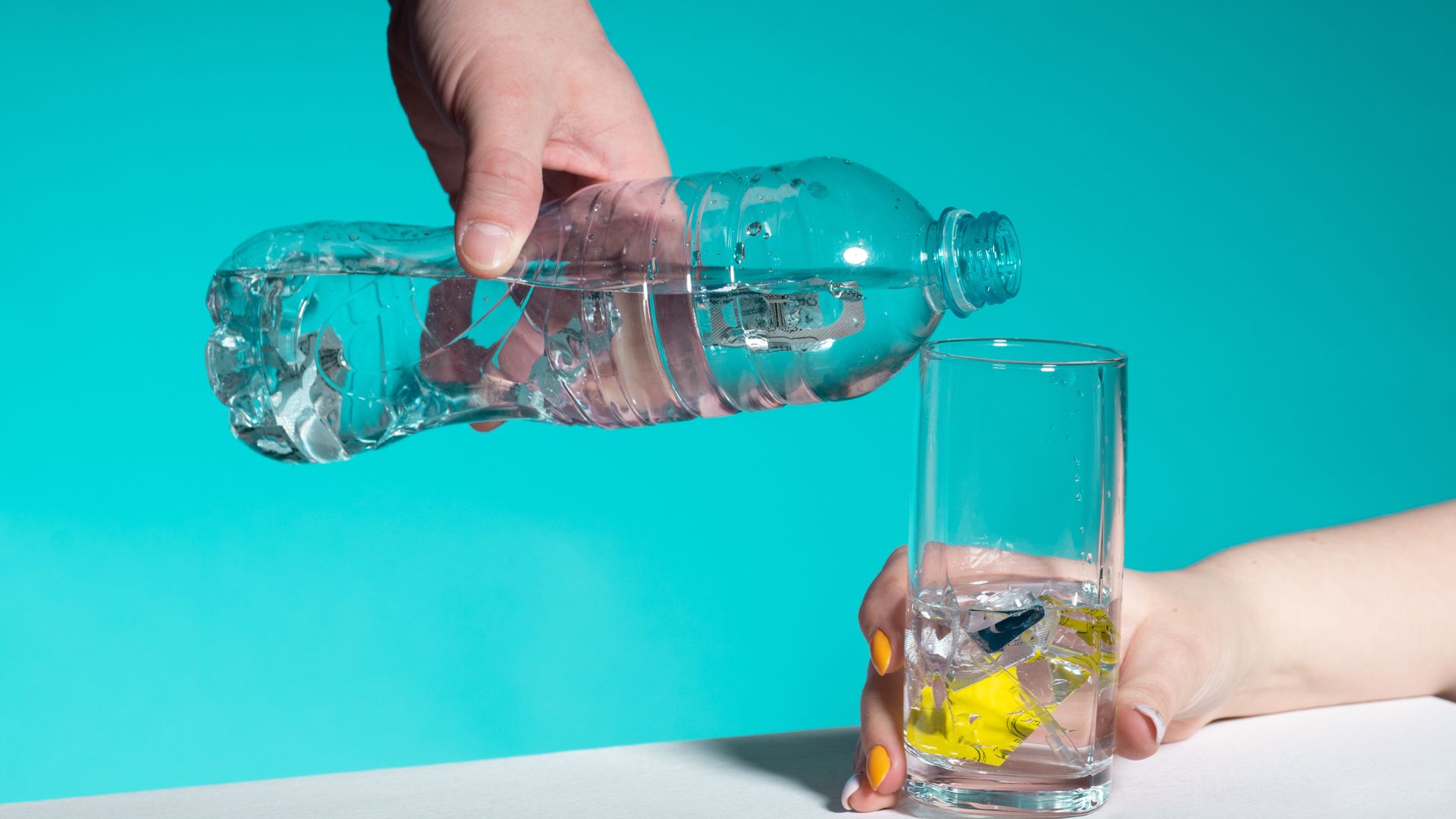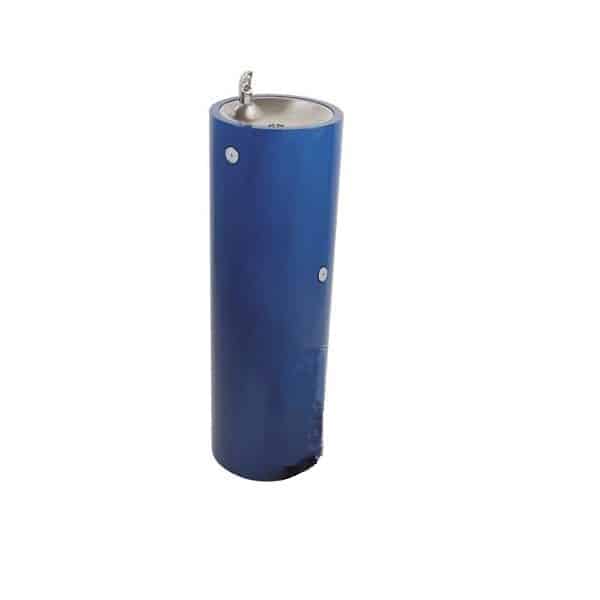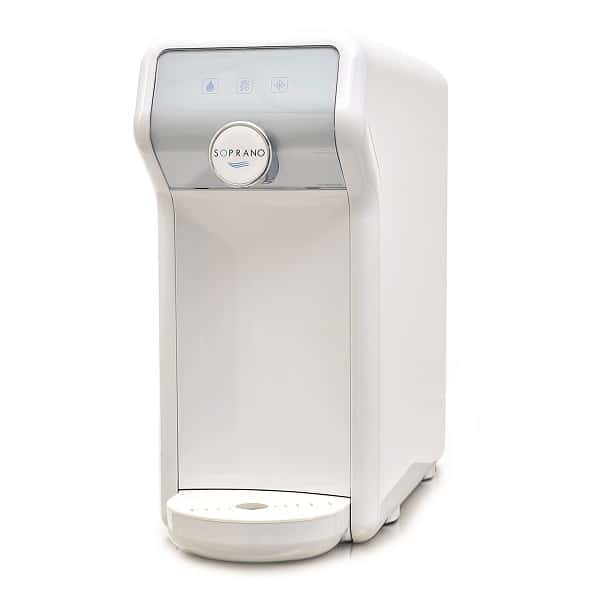Academy
Spa brands
In this section you will find a range of practical information related to our solutions. In the articles, we share our experience, discuss implementation steps and highlight good practices. It is a reliable source of information and advice on the provision of drinking water in public spaces, the legal regulations in this area, the benefits of installing drinking water dispensers and the technological aspects in this field.
We look forward to reading!
Bottled water - is it really better? Microplastics, quality and the dark side of plastic

Bottled water has for years been recognised as a convenient and 'pure' alternative to tap water. Colourful labels, slogans about "spring freshness" and crystal clear origins are supposed to convince us that it is the best choice for health. Unfortunately, more and more studies and reports indicate the opposite - bottled water is not only often not superior in quality to tap water, but can contain alarming amounts of microplastics and other contaminants.
Microplastics in bottled water - what does the research say?
One of the most high-profile studies conducted by researchers at the State University of New York at Fredonia, published in 2018, found that more than 90% of water bottles of various brands contained microplastic. The samples came from nine countries and the average content was as high as 325 microplastic particles per litre of water. What is more, it was the water sold in plastic bottles, not the tap water, that had the highest contamination.
Microplastics in the body can lead to inflammation, endocrine disruption and digestive problems. These particles can also bind to environmental toxins and transport them into body cells.

Plastic bottles + sun = toxic cocktail
The quality of bottled water is determined not only by the process of obtaining and bottling it, but also by the storage method. Exposure of PET bottles (the most common type of plastic) to UV radiation - for example, during transport or storage in the sun - leads to plastic degradation. As a result of this process chemical compounds such as antimony (antimony) or bisphenol A (BPA) may be released from the bottlewhich have proven toxic effects.
Research published in the journal Environmental Pollution show that water stored in plastic when exposed to heat (even at 30-40°C) begins to release higher levels of chemical compounds that can easily penetrate the body.
How about tap water after all?
Contrary to common myths, tap water in many Polish cities meets strict quality standards and is regularly tested. In addition, it can be further filtered using jugs, filter bottles or sub-bottle systems. This is not only healthier, but also a much cheaper solution - both for your pocket and for the environment.
If you are concerned about comfort and want to avoid plastic, it is worth opting for a water in glass bottles or - even better - use reusable bottles, such as stainless steel, glass or high-quality BPA-free plastic. This is a practical, environmentally friendly and, in the long term, healthier solution.
While bottled water may seem 'safe' and 'better', the truth is more complex. Microplastics, chemicals released from plastic and uncontrolled storage conditions are real risks that speak to the need to rethink daily choices. Tap water, properly filtered and stored in a safe container, can not only be healthier, but also friendlier to the planet.





